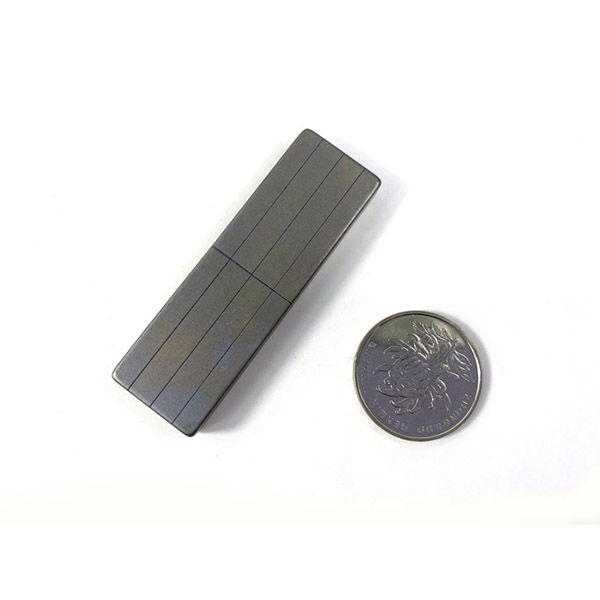Magnet: Fundamental Components with Wide-Ranging Applications
2025-07-04
A magnetis an object or material that produces a magnetic field, attracting ferromagnetic materials such as iron, cobalt, and nickel. Magnets are fundamental to numerous technological applications and everyday devices, playing a vital role in industries ranging from electronics to healthcare.
What Is a Magnet?
Magnets generate magnetic fields due to the alignment of magnetic domains within certain materials. They can be naturally occurring, like lodestone, or artificially manufactured from metals and alloys. Magnets are classified mainly into permanent magnets, which maintain their magnetism over time, and temporary (electromagnets), which require an electric current to generate a magnetic field.

Types of Magnets
Permanent Magnets:Made from materials such as neodymium, samarium-cobalt, ceramic (ferrite), or alnico. They retain magnetic properties without external power.
Electromagnets:Created by passing electric current through coils of wire, producing a controllable magnetic field.
Temporary Magnets:Materials that act as magnets only when exposed to a magnetic field.
Key Features of Magnets
Magnetic Strength:Measured by magnetic flux density, determining the force exerted.
Coercivity:Resistance to demagnetization.
Temperature Stability:Ability to maintain magnetism under varying temperatures.
Size and Shape:Available in diverse forms including discs, blocks, rings, and custom shapes.
Common Applications of Magnets
Electronics:Used in speakers, microphones, hard drives, and sensors.
Motors and Generators:Convert electrical energy to mechanical energy and vice versa.
Medical Devices:MRI machines and magnetic therapy equipment.
Industrial Uses:Magnetic separators, lifting magnets, and magnetic clamps.
Consumer Products:Refrigerator magnets, toys, and magnetic closures.
Advantages of Using Magnets
Energy Efficiency:Essential for electric motors and generators that power countless devices.
Precision:Used in sensors and actuators for accurate control.
Durability:Permanent magnets provide long-lasting magnetic fields without power.
Versatility:Applicable across a wide range of industries and products.
Choosing the Right Magnet
Material:Select based on required magnetic strength and environmental conditions.
Size and Shape:Tailored for specific applications.
Temperature Range:Consider operating temperatures to prevent magnet degradation.
Coating:Protective coatings like nickel or epoxy improve corrosion resistance.
Conclusion
Magnets are indispensable components that enable modern technology and daily conveniences. Understanding their types, properties, and applications helps industries and consumers make informed choices, driving innovation and efficiency in countless fields.


